This article was co-authored by Masha Kouzmenko. Masha Kouzmenko is a Meditation Coach and the Co-Founder of Silicon Valley Wellness, a company based in the San Francisco Bay Area that provides holistic health education services such as mindfulness meditation and yoga instruction to businesses. She has over five years of meditation and yoga instruction experience and specializes in guided meditation. She has a BA in Economics from the University of California, Berkeley.
There are 8 references cited in this article, which can be found at the bottom of the page.
wikiHow marks an article as reader-approved once it receives enough positive feedback. In this case, 100% of readers who voted found the article helpful, earning it our reader-approved status.
This article has been viewed 103,094 times.
Meditation can be strangely frustrating. Why is this practice that's supposed to calm and steady your nerves and relieve your stress filling you with confusion? What is there to meditate upon? By building your practice with good sitting techniques and right-mindedness, you can stop worrying about "doing it right" and start meditating deeply.
Steps
Finding Quiet Space
-
1
-
2Find a straight-backed chair or floor cushion. The ideal seat is not so comfortable that you can fall asleep, but adequately comfortable to sit in for at least 20 or 30 minutes.[3]Advertisement
-
3Light the space with soft natural light. Low lighting can help to relax the mind, so consider candles or lamps, instead of fluorescent lights.
-
4
Practicing Meditation
-
1Sit on your cushion or chair. Find a comfortable position where you can stay without moving for 20 or more minutes.
- Stretch your back before you begin, if you have been sitting all day. Twisting from the waist to the left and right in a seated position or doing yoga cat/cow and child's poses can release tension so that it is easier to focus on the meditation.
- Relax your shoulders. Lift them up to your ears as you breathe in, then drop them back down. Keep your back very straight. Place your hands in your lap. Zazen meditation suggests that you place your left hand in your right hand, palms up and place your left thumb on top of your right thumb, as if you were cradling an egg. This should make a circle, suggesting infinity and also the unconscious--your non-dominant side being allowed to take over.
-
2Close your eyes or focus them on a blank wall. Some meditators find it difficult to mediate with their eyes open, while some struggle to meditate with their eyes closed because drowsiness becomes too much of a problem.[6]
- Consider actively focusing on "nothing." Look not at the blank wall, but through the wall. Blink when you need to blink.
-
3Focus on your breath.[7] Most meditation is not more complicated than sitting quietly and breathing, when you get right down to it.[8] Within that simplicity, however, is endless complexity. Begin counting down from 10. You can focus on the counting to get your mind to start calming. If you have more time and this practice is helpful, consider counting down from 50 or 100.
- Breathe in deeply for a count of 8 seconds, hold the breath for 2 to 4 seconds, and breathe out over a count of 8 seconds. Repeat this breathing pattern for 2 minutes.
- Feel the breath coming into your body and going out of your body. Imagine the oxygen filling your body and coursing through your blood. Feel the oxygen come into all the parts of your body, and continue focusing on your breath.
Maintaining Focus
-
1Watch your thoughts. One of the most difficult things about meditation when you're just getting started is the issue of what to do. You're sitting there, breathing in and out...then what? Eventually, as you practice meditation, you'll notice the thoughts that come and go from your mind. You might be focused on picking your kids up, what you're going to have for dinner, or some lingering stresses from your workday. Rather than identifying with these thoughts and allowing them to inhabit you, imagine them as fish swimming in a pond. Watch them move through your mind and out of your mind.[9]
- Doing this distances you from your ego, allowing you to become more distanced from the "I" that thinks. Allow your thoughts to flow through your mind, continuing to focus on your breath, observe them, and let them go.
-
2Don't struggle. Awareness may feel more like an energy than a thought, and it's very difficult to describe or to experience. This is why meditation is referred to as a practice, and why zazen essentially translates to "just sitting." What do meditation masters and zen monks do? Just sitting.[10]
- Recognize as you drift into thoughts about your surroundings or your life, but don't try to pull your mind along back to a pre-conceived version of "awareness" you might have. As you begin meditating, this will happen frequently and may be quite frustrating.
-
3Be aware of the camera pulling backward. In an old Monty Python sketch, two men are lost in the desert. They start crawling as the buzzards start circling in. Desperate for water, one of them looks straight into the camera and says, "Wait a bit!" At this point, the camera pans back to reveal an entire camera crew with a catered lunch laid out for everyone. The men eat and before too long, all the crew is wandering through the desert, desperate for water, until one of them says, "Wait a bit!" and the whole process is repeated.
- Our mind can work like this. As you're watching your thoughts, you may think: "But wait. Who is watching the thoughts?" This can get into a frustrating struggle with your mind, common to "just sitting." Focus on your breath. This too, watch happen, and let it pass.
-
4Embrace yourself. By detaching from the thoughts as you watch them, by allowing your mind to happen, by allowing your body to happen, and your breath to simply happen, you're allowing your true nature to exist without controlling it yourself. You're detaching yourself from your ego and learning to embrace your true nature and love yourself.[11]
Ending Meditation
Expert Q&A
-
QuestionHow do I relax and meditate completely?
 Masha KouzmenkoMasha Kouzmenko is a Meditation Coach and the Co-Founder of Silicon Valley Wellness, a company based in the San Francisco Bay Area that provides holistic health education services such as mindfulness meditation and yoga instruction to businesses. She has over five years of meditation and yoga instruction experience and specializes in guided meditation. She has a BA in Economics from the University of California, Berkeley.
Masha KouzmenkoMasha Kouzmenko is a Meditation Coach and the Co-Founder of Silicon Valley Wellness, a company based in the San Francisco Bay Area that provides holistic health education services such as mindfulness meditation and yoga instruction to businesses. She has over five years of meditation and yoga instruction experience and specializes in guided meditation. She has a BA in Economics from the University of California, Berkeley.
Meditation Coach I think a lot of people come to meditation and they think, "I'll never be able to sit there and clear my mind for 30 minutes!" But that's not really what you need to do. Start with 1 minute. Then do 5 minutes the next day. Once you're comfortable, work your way up to 10 minutes. Like anything else, the more practice you get, the easier this will be.
I think a lot of people come to meditation and they think, "I'll never be able to sit there and clear my mind for 30 minutes!" But that's not really what you need to do. Start with 1 minute. Then do 5 minutes the next day. Once you're comfortable, work your way up to 10 minutes. Like anything else, the more practice you get, the easier this will be. -
QuestionHow can I meditate deeply as a beginner?
 James BrownJames Brown is a San Francisco Bay Area-based teacher of Vedic Meditation, an easy and accessible form of meditation with ancient roots. James completed a rigorous 2-year study program with Vedic masters, including a 4-month immersion in the Himalayas. James has taught thousands of people, individually, and in companies such as Slack, Salesforce, and VMWare.
James BrownJames Brown is a San Francisco Bay Area-based teacher of Vedic Meditation, an easy and accessible form of meditation with ancient roots. James completed a rigorous 2-year study program with Vedic masters, including a 4-month immersion in the Himalayas. James has taught thousands of people, individually, and in companies such as Slack, Salesforce, and VMWare.
Meditation Coach Find regular times where you can spend time meditating, such as in the morning or late afternoon. Sit up straight so you stay awake and try to just focus on your thoughts for 20–30 minutes at a time.
Find regular times where you can spend time meditating, such as in the morning or late afternoon. Sit up straight so you stay awake and try to just focus on your thoughts for 20–30 minutes at a time. -
QuestionWhat am I supposed to think about while meditating?
 Masha KouzmenkoMasha Kouzmenko is a Meditation Coach and the Co-Founder of Silicon Valley Wellness, a company based in the San Francisco Bay Area that provides holistic health education services such as mindfulness meditation and yoga instruction to businesses. She has over five years of meditation and yoga instruction experience and specializes in guided meditation. She has a BA in Economics from the University of California, Berkeley.
Masha KouzmenkoMasha Kouzmenko is a Meditation Coach and the Co-Founder of Silicon Valley Wellness, a company based in the San Francisco Bay Area that provides holistic health education services such as mindfulness meditation and yoga instruction to businesses. She has over five years of meditation and yoga instruction experience and specializes in guided meditation. She has a BA in Economics from the University of California, Berkeley.
Meditation Coach Just let your thoughts pass you by without dwelling on them. That can help you get a clear head.
Just let your thoughts pass you by without dwelling on them. That can help you get a clear head.
Things You'll Need
- Quiet space
- Chair/floor cushion
- Stretches
- Lighting
References
- ↑ Masha Kouzmenko. Meditation Coach. Expert Interview. 26 March 2019.
- ↑ https://yogisurprise.com/simple-and-practical-ways-to-enhance-your-meditation-space/
- ↑ James Brown. Meditation Coach. Expert Interview. 3 April 2019.
- ↑ Masha Kouzmenko. Meditation Coach. Expert Interview. 26 March 2019.
- ↑ https://www.mindful.org/how-to-find-time-to-meditate/
- ↑ http://www.dailymail.co.uk/health/article-1285529/How-master-meditation-Stilling-mind-learning-love-yourself.html
- ↑ Masha Kouzmenko. Meditation Coach. Expert Interview. 26 March 2019.
- ↑ https://medium.com/thrive-global/7-essential-tips-to-improve-your-meditation-practice-ac69de1b96e3
- ↑ Masha Kouzmenko. Meditation Coach. Expert Interview. 26 March 2019.
- ↑ https://wwzc.org/dharma-text/zazen-yojinki-notes-what-be-aware-zazen
- ↑ https://yogainternational.com/article/view/4-ways-to-improve-your-meditation
- ↑ https://www.mindful.org/how-to-find-time-to-meditate/
- ↑ James Brown. Meditation Coach. Expert Interview. 3 April 2019.
About This Article
To meditate deeply, start by finding a quiet space in your home, and a chair or cushion you can sit on comfortably for 20 to 30 minutes. Then, sit on your chair or cushion and close your eyes, or focus them on a blank wall if closing your eyes makes you feel sleepy. As you breathe, focus on the breath by inhaling for 8 seconds, holding the breath for 2 to 4 seconds, then exhaling for 8 seconds. Additionally, visualize the breath coming into all the parts of your body and going out as you inhale and exhale. For more advice, including how to maintain your focus as you meditate, keep reading.
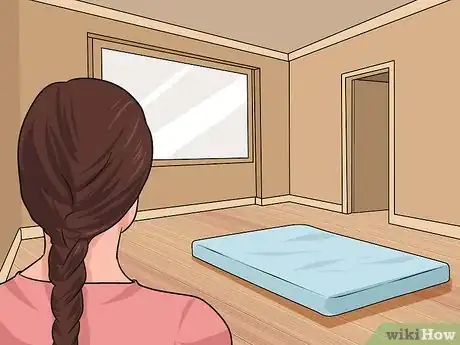

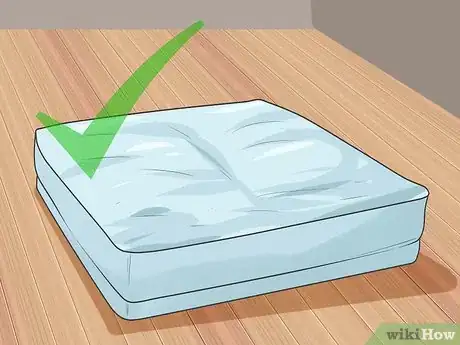

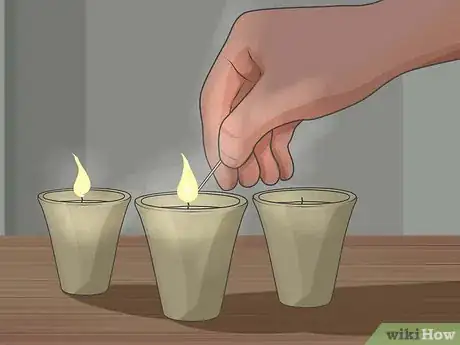

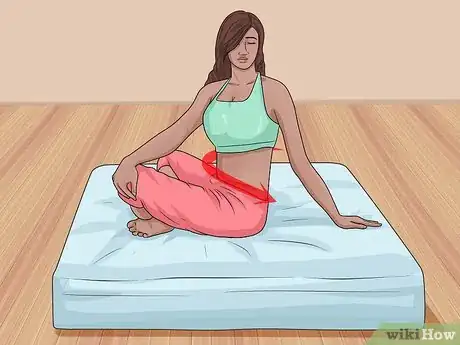

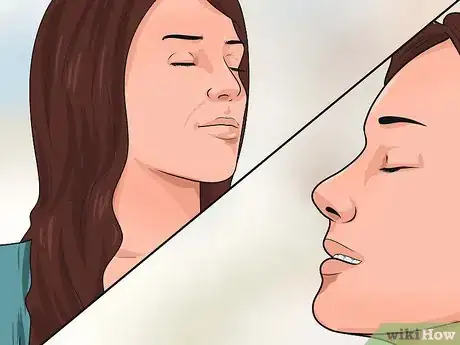
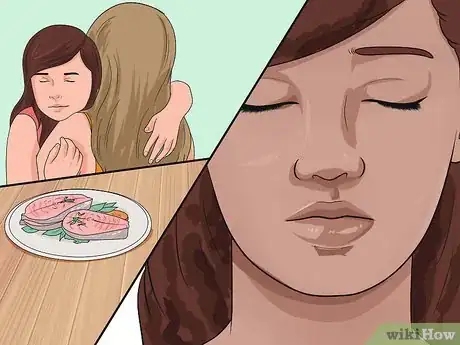
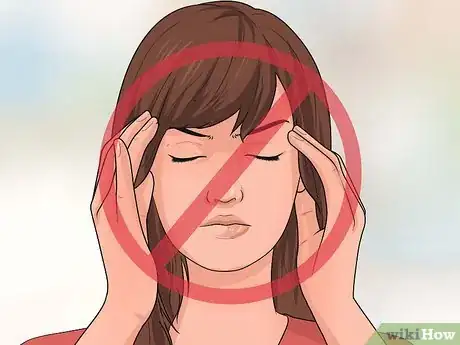
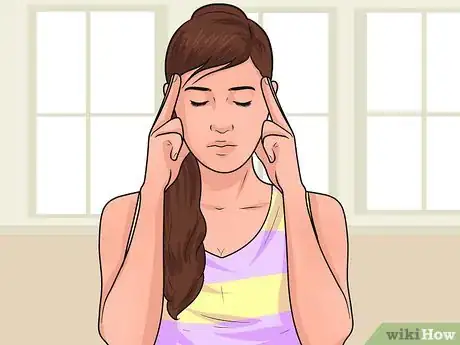
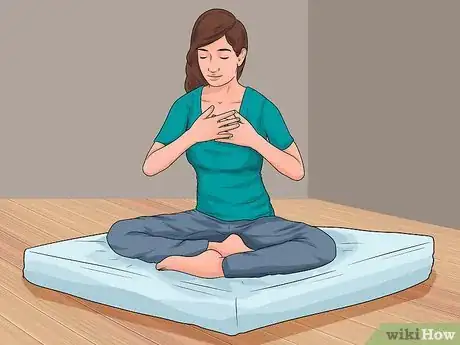
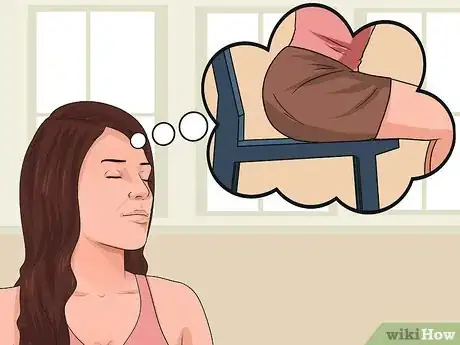
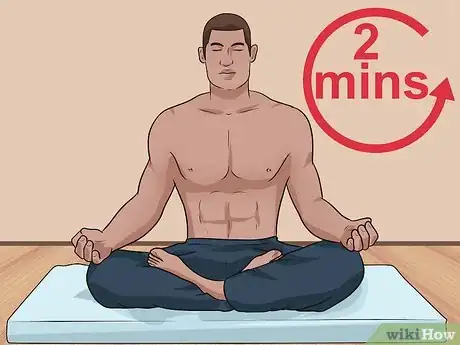
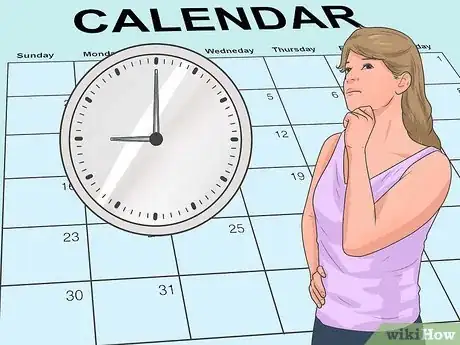






-Step-18-Version-2.webp)






















































